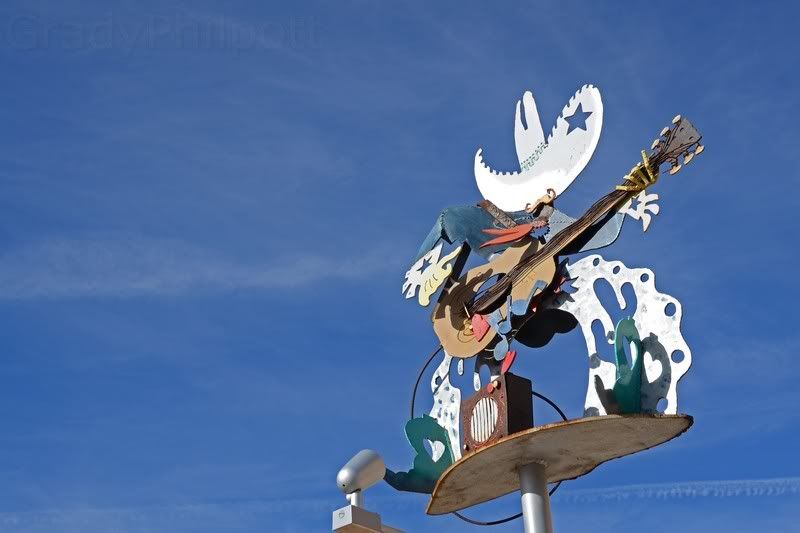Hi Leigh,Hi Dave,
Well... there's no such thing as the perfect camera (or any other product for that matter).
Technical evolution has its own problems. I remember back when 16-bit microprocessors were first introduced, and we didn't know how to handle 8-bit peripheral devices in the design.
Growing pains, as it were. In another ten years cameras will be able to fully analyze whatever scene we choose to capture, and probably make all the settings more accurately than even the most proficient individual. Sort of merges the concept of P&S into the main stream.
Thanks much. I'll be interested in your final opinions.
- Leigh
Well as you well know, that was what Nikon's Matrix metering was supposed to be able to do...evaluate a a complex lighting senario and determine exactly how to expose for it (by storing countless of evauative lighting sinarios it's meter picks up, and then determine what the exposure settings should be). As good as it does on certain occasions, it obviously can't know exactly what the photographer had in mind. So until AI gets to the point of being intergrated into the matrix metering and has the ability to read the photographers actual thoughts, it will never get it right all of the time
Serious though, I think this overexposure issue with the D7000 is not really an errror, certainly not according to Nikon (at least not admitted to be an error). What I think Nikon did is assume that the vast majority of potential buyers of the D7000 are on the lower end of experience with a DSLR, some possibly stepping up from a P&S...and know that the user might not have the knowledge base to properly evaluate a brightly lit scene and therefore be disappointed by severe underexposure in their images. Therefore they choose to set the bias they did. For more experienced photographers this is a nusense and of course easily corrected. I believe to some degree this same senario existed in models such as the D90 etc., but possibly on a smaller scale...I honestly can't say as I didn't test or use that camera.
The AF is good on the D7000, maybe not quite as robust nor in it's reaction time under low light conditions. This may or may not be an issue for some. It depends how fast a AF system one needs and under what lighting conditions. I think Nikon was careful not to canabolize sales of the D300s and had to leave some things squarely in the domain of cameras positioned slightly above the D7000. This would include slightly better built, slightly faster FPS, slightly faster AF, especially under low light and possibly metering designed for the more advanced (knowledge wise) photographer. These D300s advanatages to average users are slight at best, but to the user of say a D700 full frame camera, who wants to pick up a 2nd body, then those advantages become more important. The tradeoffs are a camera (the D7000) that has far superior DR, better reduction and handling of noise at higher ISO's, arguably better control of some users selected features (such as the ability to quickly change sensor selction with a button incorporated into the mechanical S,C, MF lever on the front of the body) and a host of other notable improvements or changes over previous generation of cameras.
Yes, sometimes newer is not always better nor does it always make it convienient for previous users. As you pointed out this often occurs with computer technology. I'm still trying after all these years to finially have a way to access some data I have stored on 5 1/4" PC floppies, so far without success. They certainly won't fit into my card reader's SDHC slot, thats for sure
Dave (D&A)



